Home>Articles>How To Store Fresh Green Beans From The Garden
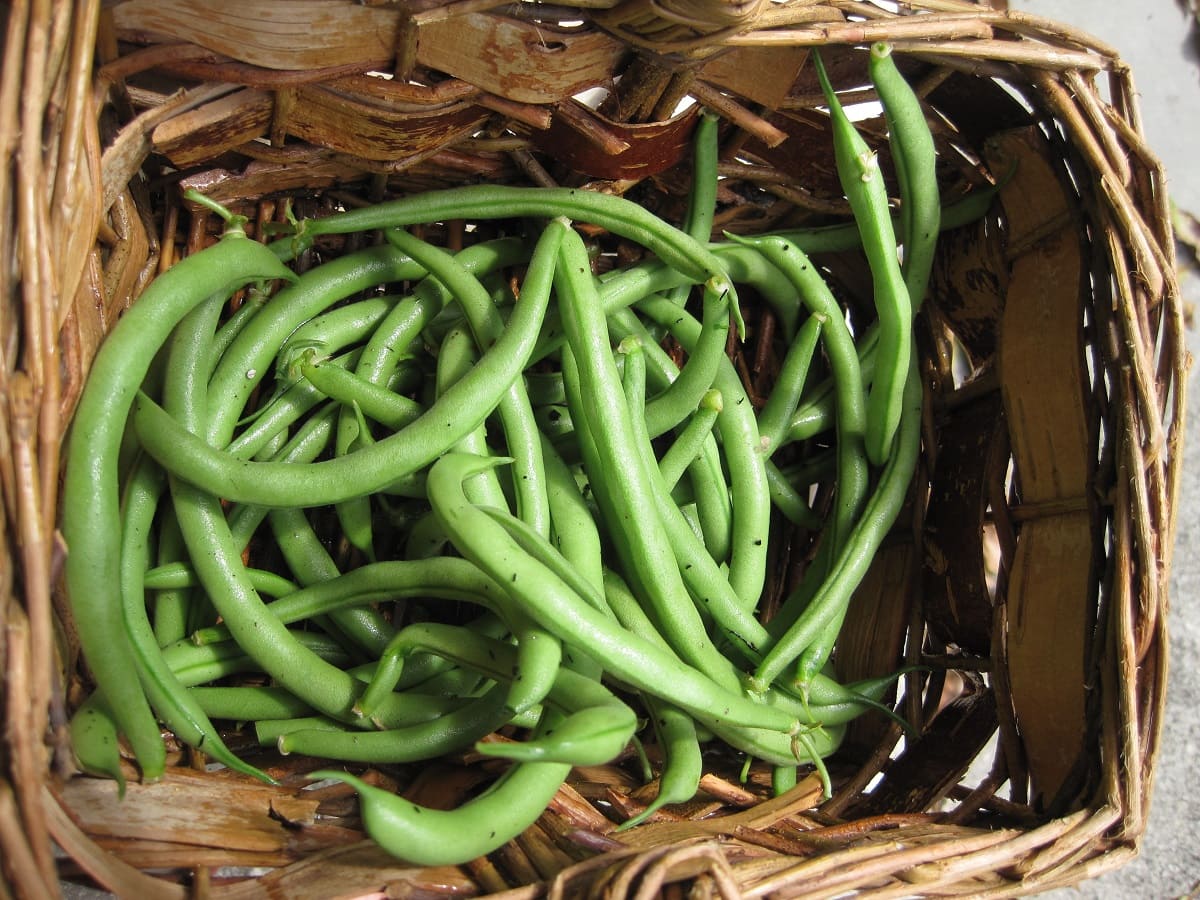

Articles
How To Store Fresh Green Beans From The Garden
Modified: January 5, 2024
Learn how to store fresh green beans from the garden with our informative articles. Preserve the taste and freshness of your harvest all year round.
(Many of the links in this article redirect to a specific reviewed product. Your purchase of these products through affiliate links helps to generate commission for Storables.com, at no extra cost. Learn more)
Introduction
Freshly harvested green beans from the garden are a delight for any home gardener. Their vibrant color, crisp texture, and delicious flavor make them a staple in many meals. However, to fully enjoy the bounty of green beans, it is crucial to know how to store them properly. Proper storage not only prolongs their freshness but also preserves their nutritional value.
In this article, we will explore the importance of proper storage for green beans and guide you through various methods to store them. Whether you prefer storing them in the refrigerator, freezing them for future use, or canning them for long-term preservation, we’ve got you covered. By following these tips, you can extend the shelf life of your green beans and enjoy their goodness for weeks or even months.
Key Takeaways:
- Properly storing green beans is essential to maintain their freshness, flavor, and nutritional value. Whether refrigerating, freezing, canning, or vacuum sealing, each method offers unique benefits for long-term enjoyment.
- Harvest green beans at the optimal stage of maturity and promptly prepare them for storage. Utilize essential tips such as keeping the beans dry, storing them in breathable containers, and avoiding exposure to ethylene to maximize their freshness and quality.
Read more: How To Cook Green Beans From Garden
Importance of Proper Storage
Proper storage of green beans is essential to maintain their quality and flavor. When garden-fresh green beans are not stored correctly, they can quickly lose their crispness, become soft and mushy, and develop a bland taste. Additionally, improper storage can lead to nutrient loss, reducing the nutritional value of the beans.
By storing green beans properly, you can retain their freshness, texture, and nutritional content for an extended period. This allows you to enjoy the full flavor and benefits of these nutritious vegetables long after harvesting them.
Proper storage also reduces food waste. When green beans are stored incorrectly, they are more likely to spoil quickly or develop freezer burn, resulting in the need to discard them. By employing the right storage methods, you can prevent waste and make the most of your bountiful green bean harvest.
Furthermore, storing green beans properly enables you to have a readily available supply year-round. This is particularly beneficial for those who have a surplus of green beans from their garden or those who can’t resist stocking up during peak seasons.
Now that we understand the importance of proper storage, let’s delve into the different methods you can use to store your fresh green beans.
Harvesting Green Beans
Before you can store your green beans, it’s important to harvest them at the right time. Harvesting green beans involves picking them when they are at the optimal stage of maturity.
Green beans are typically ready for harvest when they reach a length of 4-6 inches, depending on the variety. They should be firm, crisp, and have a bright green color. Avoid harvesting beans that have become excessively large or have visible signs of blemishes or yellowing.
When harvesting green beans, it’s best to use a pair of garden shears or scissors to snip the beans off the plant. This helps to prevent damage to the plant and ensures a clean cut.
It’s important to note that green beans should be harvested regularly to encourage continuous production. If the beans are left on the plant for too long, they can become tough and develop a starchy texture.
Once you’ve harvested your green beans, it’s time to prepare them for storage. Let’s explore the necessary steps to ensure your beans are ready for extended preservation.
Preparing Green Beans for Storage
Properly preparing green beans for storage is crucial to maintain their freshness and quality. The following steps will help you prepare your green beans for storage:
- Wash: Start by giving the green beans a thorough rinse under cool running water. This helps remove dirt, debris, and any insects that might be clinging to the beans. Gently pat them dry with a clean towel or paper towel.
- Trim: Next, trim off the ends of the green beans. If the beans are particularly long, you can also cut them into smaller, more manageable pieces. Removing any damaged or discolored parts of the beans is important to prevent them from spoiling.
- Sort: Take the time to sort through the green beans and remove any beans that are overripe, have bruises, or show signs of mold. Separating the good beans from the bad ones ensures that only the best quality beans are stored.
By following these preparation steps, you are ensuring that your green beans are clean, trimmed, and free from any damaged or spoiled parts. This sets the stage for choosing the appropriate storage method based on your preferences and available resources.
Now that your green beans are properly prepared, let’s explore the different storage methods you can use to keep them fresh and flavorful.
Choosing the Right Storage Method
There are several storage methods available for green beans, each with its own benefits and considerations. The method you choose will depend on how long you want to store the beans, the amount of space you have available, and your personal preferences. Here are some common storage methods for green beans:
- Refrigerator: Storing green beans in the refrigerator is a convenient option if you plan to consume them within a week. This method helps maintain their freshness and crispness. However, keep in mind that prolonged refrigeration can cause some loss of flavor and texture.
- Freezer: Freezing green beans allows you to store them for a longer duration, typically up to several months. By properly blanching and packaging the beans, you can preserve their quality and nutritional value. Freezing is an excellent option for those who want to have a supply of green beans available year-round.
- Canning: Canning is a popular method for long-term storage of green beans. It involves heat processing the beans in jars to kill bacteria and create a vacuum seal. Canned green beans can last for one to two years when stored in a cool, dark place. Canning requires more time and effort but allows you to enjoy the taste of homegrown green beans even during the off-season.
- Vacuum sealing: Vacuum sealing is another effective method for preserving green beans for an extended period. By removing air from the packaging, you can prevent freezer burn and maintain the quality of the beans. Vacuum-sealed green beans can last up to a year or longer in the freezer.
Consider your storage needs, available resources, and the length of time you plan to store the green beans when choosing the storage method that suits you best. Now, let’s dive into the various storage methods in more detail, starting with storing green beans in the refrigerator.
Storing Green Beans in the Refrigerator
The refrigerator is a convenient and accessible option for storing green beans if you plan to consume them within a week. Here’s how to store green beans in the refrigerator:
- Prep the beans: After washing and trimming the green beans, make sure they are completely dry. Excess moisture can lead to spoilage. Wrap the beans loosely in a paper towel to absorb any remaining moisture.
- Place in a storage bag: Transfer the prepared green beans to a breathable storage bag or container. You can use a perforated plastic bag or a produce storage bag with mesh inserts to allow for airflow.
- Store in the vegetable drawer: Place the bag of green beans in the vegetable drawer of your refrigerator. This drawer helps maintain a slightly higher humidity level ideal for keeping the beans fresh.
- Avoid overcrowding: Keep the green beans separate from other fruits and vegetables to prevent them from picking up odors. Avoid overcrowding the drawer, as this can lead to excessive moisture buildup and spoilage.
When stored properly in the refrigerator, green beans can retain their freshness for up to one week. However, it’s best to consume them as soon as possible to enjoy their peak flavor and texture.
If you have a larger harvest or want to store green beans for a longer duration, freezing them might be a better option. Let’s explore how to freeze green beans for extended storage.
After harvesting, store fresh green beans in a perforated plastic bag in the refrigerator. They will stay fresh for up to a week.
Storing Green Beans in the Freezer
Freezing green beans is an excellent method for long-term storage, allowing you to enjoy their freshness even months after harvesting. Here’s how to freeze green beans:
- Blanch the beans: Blanching helps preserve the color, texture, and nutritional value of the green beans. Start by bringing a pot of water to a boil. Meanwhile, prepare a large bowl of ice water. Place the washed and trimmed green beans in the boiling water and let them cook for about 2-3 minutes.
- Cool quickly: Using a slotted spoon or tongs, transfer the blanched green beans to the bowl of ice water. This stops the cooking process and helps retain their crispness and vibrant green color. Let them cool for the same amount of time as they were blanched.
- Drain and dry: Once the green beans have cooled, remove them from the ice water and drain them thoroughly. Pat them dry with a clean towel or paper towel to remove excess moisture.
- Package for freezing: Divide the blanched and dried green beans into portion sizes that you prefer. You can pack them in freezer-safe bags or airtight containers. Remove as much air as possible from the packaging to prevent freezer burn.
- Label and freeze: Label the packages with the date and contents before placing them in the freezer. Store the green beans in the freezer at a temperature of 0°F (-18°C) or below.
Frozen green beans can retain their quality for up to 8-12 months. To use them, simply remove the desired amount from the freezer and cook them without thawing. Add them directly to soups, stews, stir-fries, or any recipe that calls for green beans.
If canning or vacuum sealing appeals to you as preservation methods, continue reading as we explore these storage options next.
Canning Green Beans
Canning is a popular method for preserving green beans, allowing you to enjoy their flavor and nutritional value throughout the year. Here’s how to can green beans:
- Prepare the jars: Start by washing your canning jars, lids, and bands in hot, soapy water. Rinse them well and place them in a large pot filled with water. Bring the water to a simmer, and let the jars simmer for about 10 minutes to sterilize them.
- Prep the beans: Wash and trim the green beans, removing any blemishes or damaged parts. Cut them into even-sized pieces, if desired. It’s important to work quickly to prevent discoloration.
- Blanch the beans: Blanch the green beans by placing them in a pot of boiling water for 2-3 minutes. Then, transfer them to a bowl of ice water to cool and stop the cooking process. Drain the beans and set them aside.
- Pack the jars: Pack the blanched green beans tightly into the sterilized jars, leaving about an inch of headspace at the top. You can add a pinch of salt to each jar, if desired, for flavor.
- Add boiling water: Fill each jar with boiling water, covering the green beans completely. Ensure that the headspace remains intact.
- Remove air bubbles: Gently tap the jars to release any air bubbles trapped inside. Use a non-metallic utensil, such as a bubble remover or plastic spatula, to remove any remaining bubbles.
- Seal the jars: Wipe the rims of the jars clean to ensure a good seal. Place the lids on top and screw on the bands until they are fingertip tight.
- Process the jars: Process the jars in a boiling water bath canner for the recommended time based on your altitude and jar size. This will vary, so consult a reliable canning resource for specific processing times.
- Cool and store: Once the processing time is complete, carefully remove the jars from the water bath and place them on a towel to cool. As the jars cool, you should hear the lids pop, indicating a successful seal. Let the jars cool completely before storing them in a cool, dark place.
Canned green beans can last for 1-2 years when stored properly. Always check the seals before consuming canned goods. Discard any jars with broken or compromised seals.
For those who prefer a simpler method of preservation, vacuum sealing is a great alternative. Let’s explore this method in the next section.
Blanching Green Beans for Freezing
Blanching green beans is a crucial step before freezing them. Blanching helps to preserve the color, texture, and flavor of the beans, ensuring better quality when thawed. Here’s how to blanch green beans for freezing:
- Prepare a pot of boiling water: Fill a large pot with water and bring it to a rolling boil. Ensure that there is enough water to fully submerge the green beans.
- Wash and trim the green beans: Rinse the green beans under cool running water to remove any dirt or debris. Trim the ends if necessary.
- Blanch the green beans: Carefully place the green beans into the pot of boiling water. Allow them to boil for 2-3 minutes. The exact blanching time may vary depending on the size and tenderness of the beans.
- Cool the green beans: Using a slotted spoon or tongs, transfer the blanched green beans immediately into a bowl of ice water. This will stop the cooking process and cool the beans quickly.
- Drain and dry: Once the green beans are cooled, drain them thoroughly and pat them dry with a clean kitchen towel or paper towels.
- Package for freezing: Divide the blanched and dried green beans into portion sizes that are convenient for your needs. Place them into freezer-safe bags, removing as much air as possible before sealing.
- Label and freeze: Label the freezer bags with the date and contents. Place the bags flat in the freezer to freeze them quickly.
Blanched green beans can be stored in the freezer for up to 8-12 months. When you’re ready to use them, simply remove the desired amount from the freezer and add them directly to your favorite recipes, such as stir-fries, soups, or side dishes.
Blanching is a crucial step to ensure the best texture and flavor when freezing green beans. Now that you know how to blanch and freeze green beans, let’s explore another optional method of preserving them: vacuum sealing.
Read more: How To Store Fresh Picked Green Beans
Vacuum Sealing Green Beans
Vacuum sealing is an excellent method for preserving the freshness and quality of green beans. By removing air from the packaging, vacuum-sealed green beans can last for an extended period in the freezer. Here’s how to vacuum seal green beans:
- Prepare the green beans: Wash and trim the green beans, removing any blemishes or damaged parts. Pat them dry with a clean towel or paper towel to remove excess moisture.
- Portion the beans: Divide the green beans into portion sizes that you intend to use in future meals. This will make it easier to thaw and use them without the need to defrost the entire package.
- Seal the bags: Place the green beans into vacuum-seal bags, arranging them in a single layer for even freezing. Leave enough space at the top of the bag for sealing.
- Vacuum seal the bags: Use a vacuum sealer to remove the air from the bags and create a tight seal. Follow the manufacturer’s instructions for your specific vacuum sealer model.
- Label and store: Label the sealed bags with the date and contents. Place them in the freezer to freeze.
Vacuum-sealed green beans can last up to a year or longer in the freezer without significant loss in quality. The absence of air helps prevent freezer burn and maintains the texture and flavor of the beans. Remember to always thaw only the amount you need and reseal the remaining beans for continued storage.
Now that you are equipped with the knowledge of vacuum sealing, you can confidently preserve your green beans for a longer duration while retaining their freshness. Finally, we’ll share some general tips for prolonging the freshness of green beans.
Tips for Prolonging Green Bean Freshness
To prolong the freshness and quality of your green beans, consider these helpful tips:
- Store them unwashed: It’s best to store green beans unwashed until you’re ready to use them. Washing them too early can introduce moisture and reduce their shelf life.
- Keep them dry: Moisture is the enemy when it comes to storing green beans. Ensure the beans are completely dry before storing them, as excess moisture can lead to mold and spoilage.
- Store in breathable containers: Use breathable storage bags or containers for storing green beans. These allow for better airflow, helping to prevent moisture buildup and extend their freshness.
- Avoid exposure to ethylene: Keep green beans away from ethylene-producing fruits, such as apples, bananas, and tomatoes. Ethylene can accelerate the ripening process and hasten the deterioration of the beans.
- Monitor for spoilage: Regularly check your stored green beans for any signs of spoilage, such as mold, sliminess, or a foul odor. Discard any beans that appear spoiled to prevent the spread of spoilage to the rest of the batch.
- Rotate your stock: If you have multiple batches of green beans, make sure to rotate them so that you use the older ones first. This ensures that none of the beans go to waste due to prolonged storage.
- Properly defrost frozen beans: If using frozen green beans, thaw them in the refrigerator or by blanching them briefly in boiling water. Avoid thawing them at room temperature, as this can lead to bacterial growth.
- Store in small portions: If you frequently need small amounts of green beans for cooking, consider portioning and storing them accordingly. This way, you can thaw only what you need without having to defrost the entire batch.
Following these tips will help you maximize the freshness and quality of your green beans, whether you’re storing them in the refrigerator, freezer, or through canning or vacuum sealing methods.
By taking the time to properly store and preserve your green beans, you can extend their shelf life and continue to enjoy their delicious flavor and nutritional benefits long after their harvest.
Now that you are equipped with various storage methods and tips, it’s time to put them into practice and make the most of your homegrown green beans.
Conclusion
Properly storing green beans is vital to maintain their freshness, flavor, and nutritional value. Whether you choose to store them in the refrigerator, freezer, canning jars, or vacuum-sealed bags, each method offers its own benefits and considerations.
When harvesting green beans from your garden, aim for the optimal stage of maturity and promptly prepare them for storage. Washing, trimming, and sorting the beans ensure they are ready for the chosen storage method.
For short-term storage, keeping green beans in the refrigerator is ideal. Properly wrapped and stored in the vegetable drawer, they can last up to a week. If you want to enjoy green beans for a longer duration, freezing them is the way to go. Blanching the beans before freezing helps maintain their color and texture.
Canning green beans allows for preservation that lasts up to a year or more. Vacuum sealing is another effective method to prolong their freshness in the freezer.
Remember to follow essential tips like keeping the beans dry, storing them in breathable containers, avoiding exposure to ethylene, and regularly monitoring for spoilage.
By implementing these storage methods and tips, you can enjoy the bountiful harvest of green beans from your garden long after the growing season ends. From stir-fries to soups, and side dishes to casseroles, you will have a supply of fresh and nutritious green beans to add to your favorite recipes throughout the year.
So, take advantage of these storage techniques, make the most of your green bean harvest, and savor the taste of your garden-fresh goodness whenever you desire!
Frequently Asked Questions about How To Store Fresh Green Beans From The Garden
Was this page helpful?
At Storables.com, we guarantee accurate and reliable information. Our content, validated by Expert Board Contributors, is crafted following stringent Editorial Policies. We're committed to providing you with well-researched, expert-backed insights for all your informational needs.

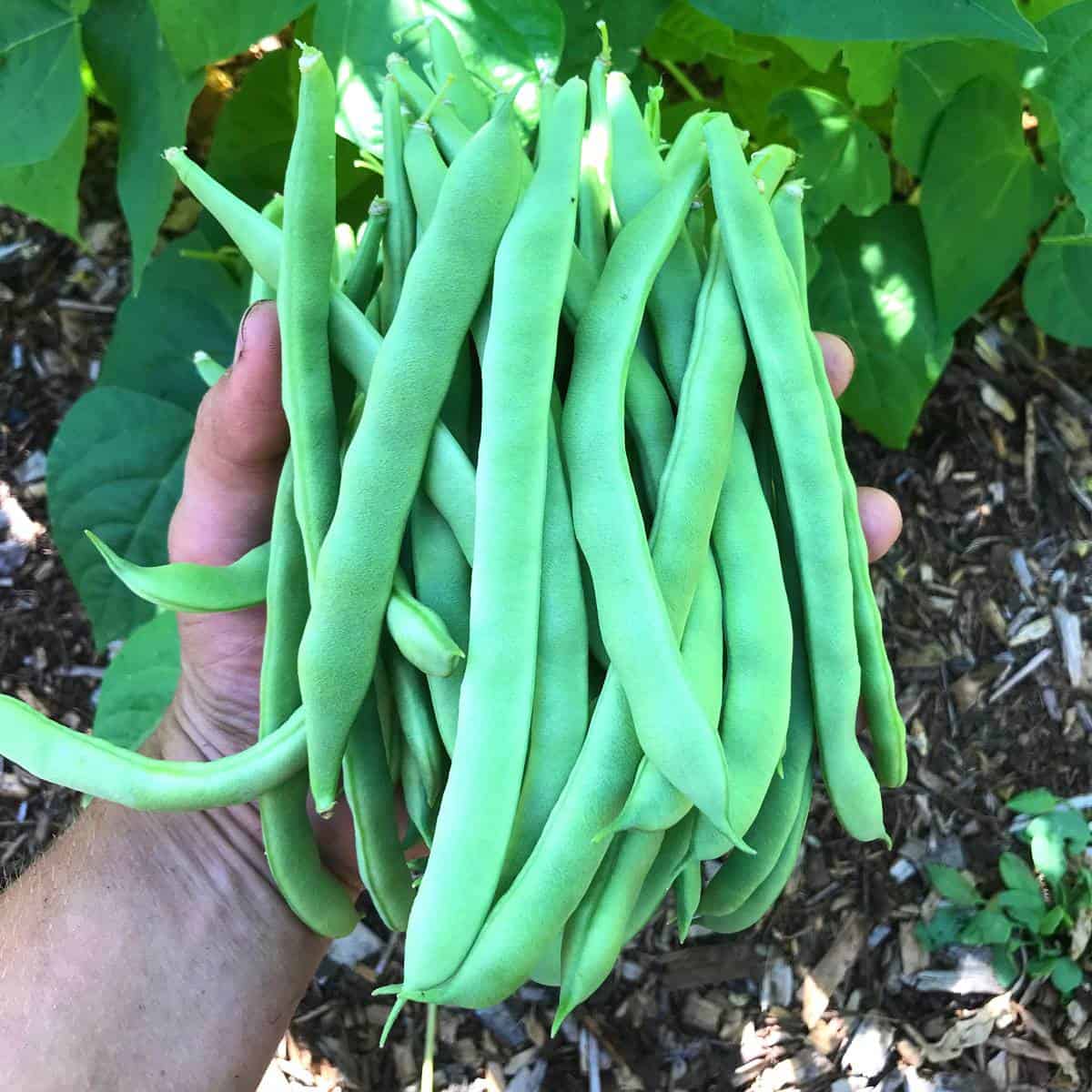
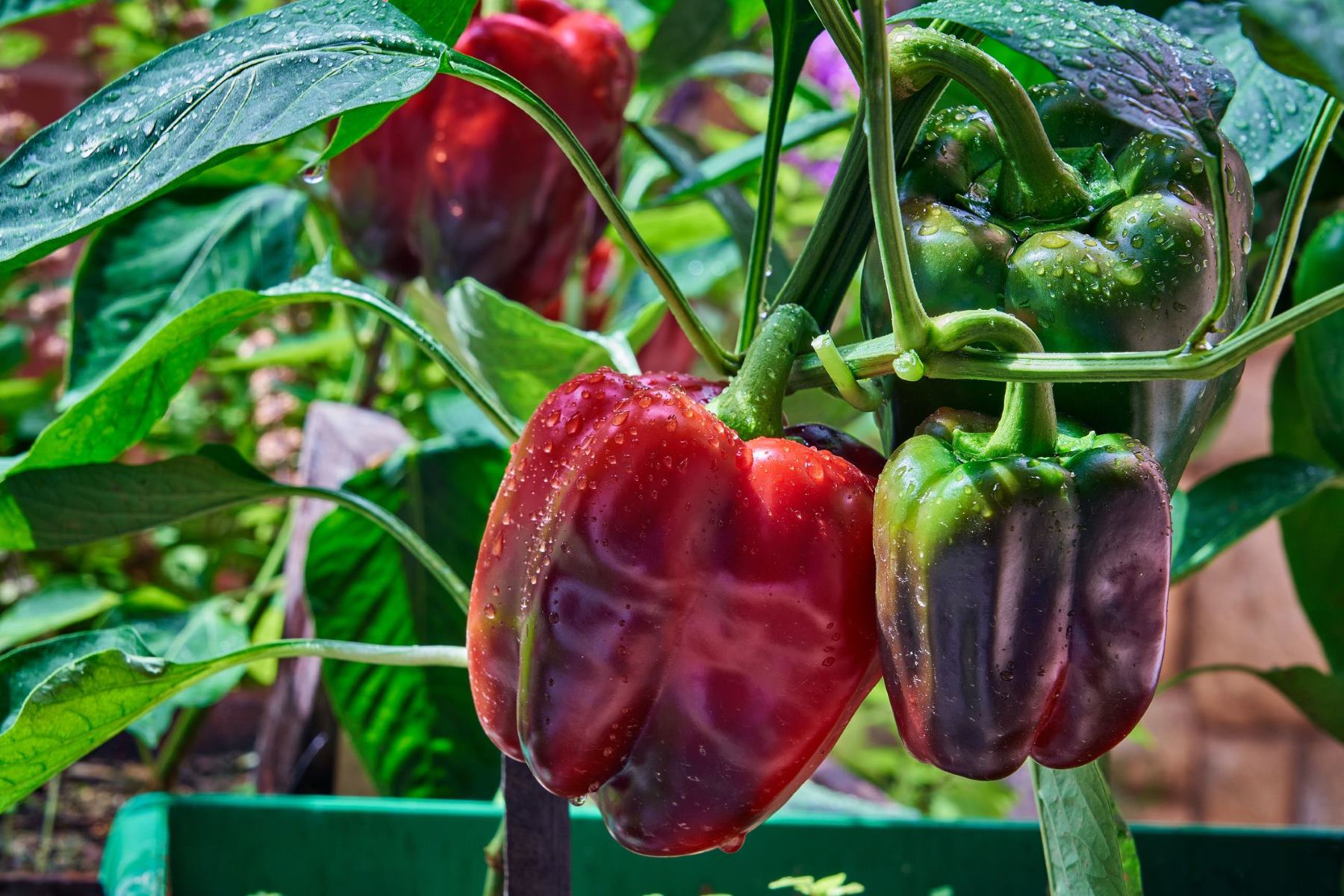
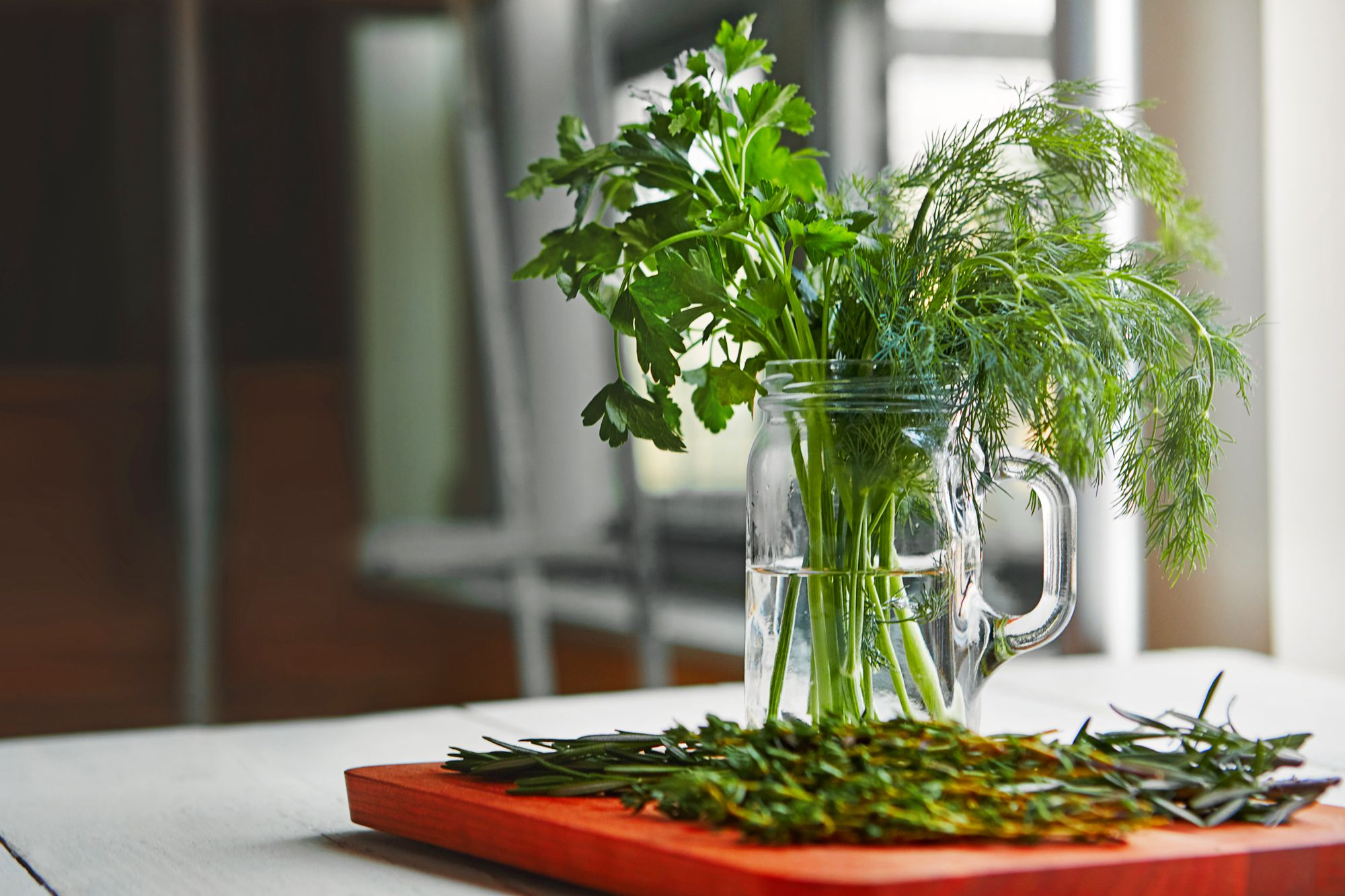
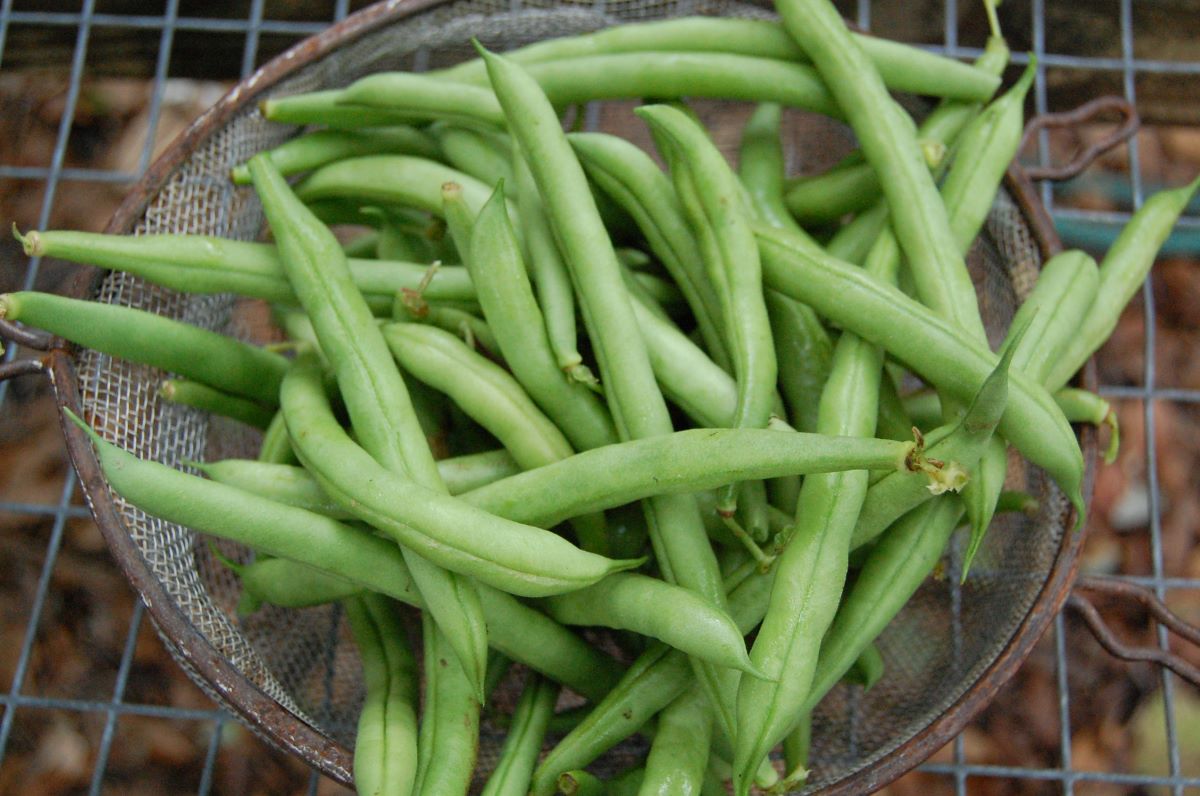
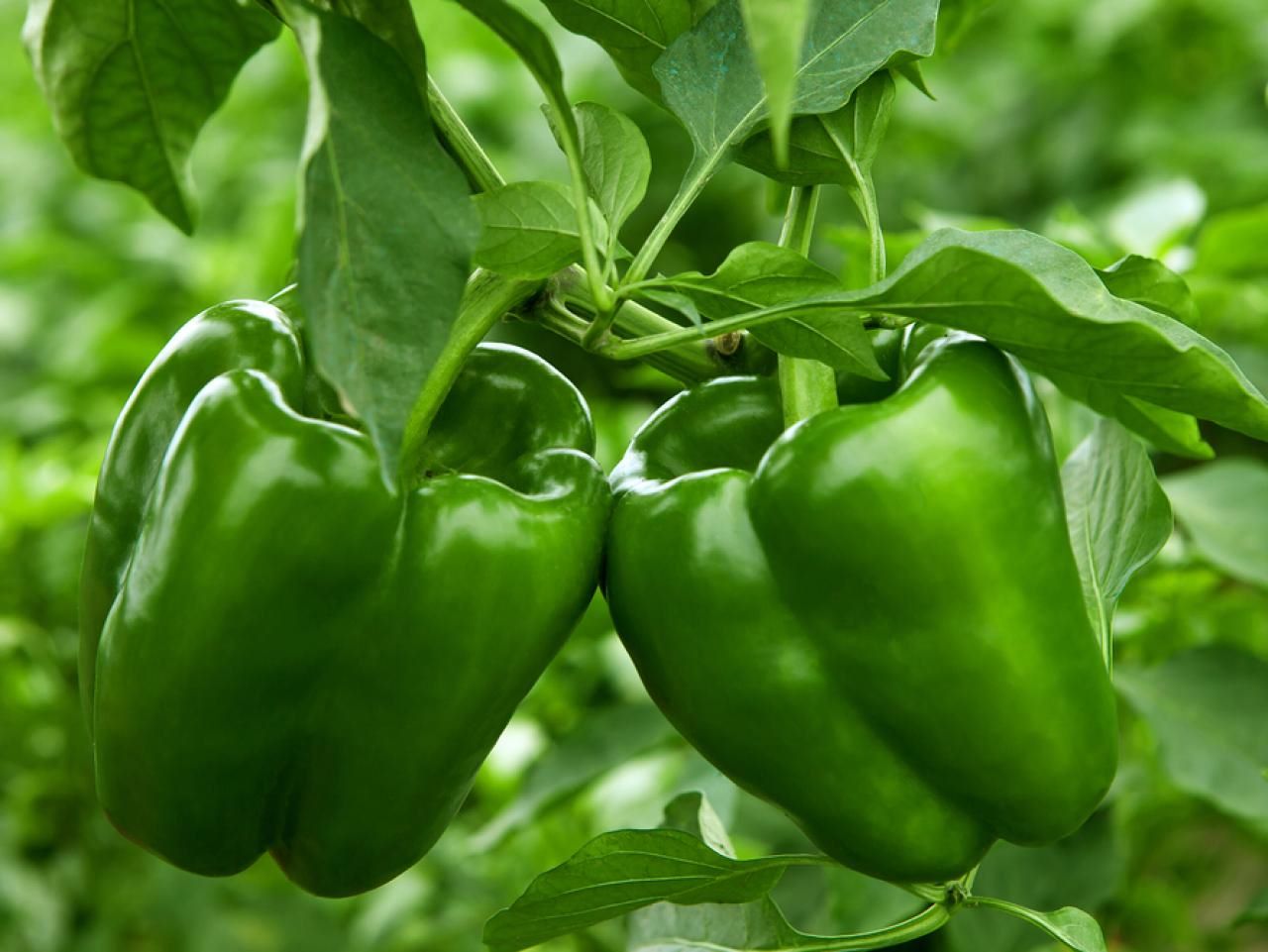

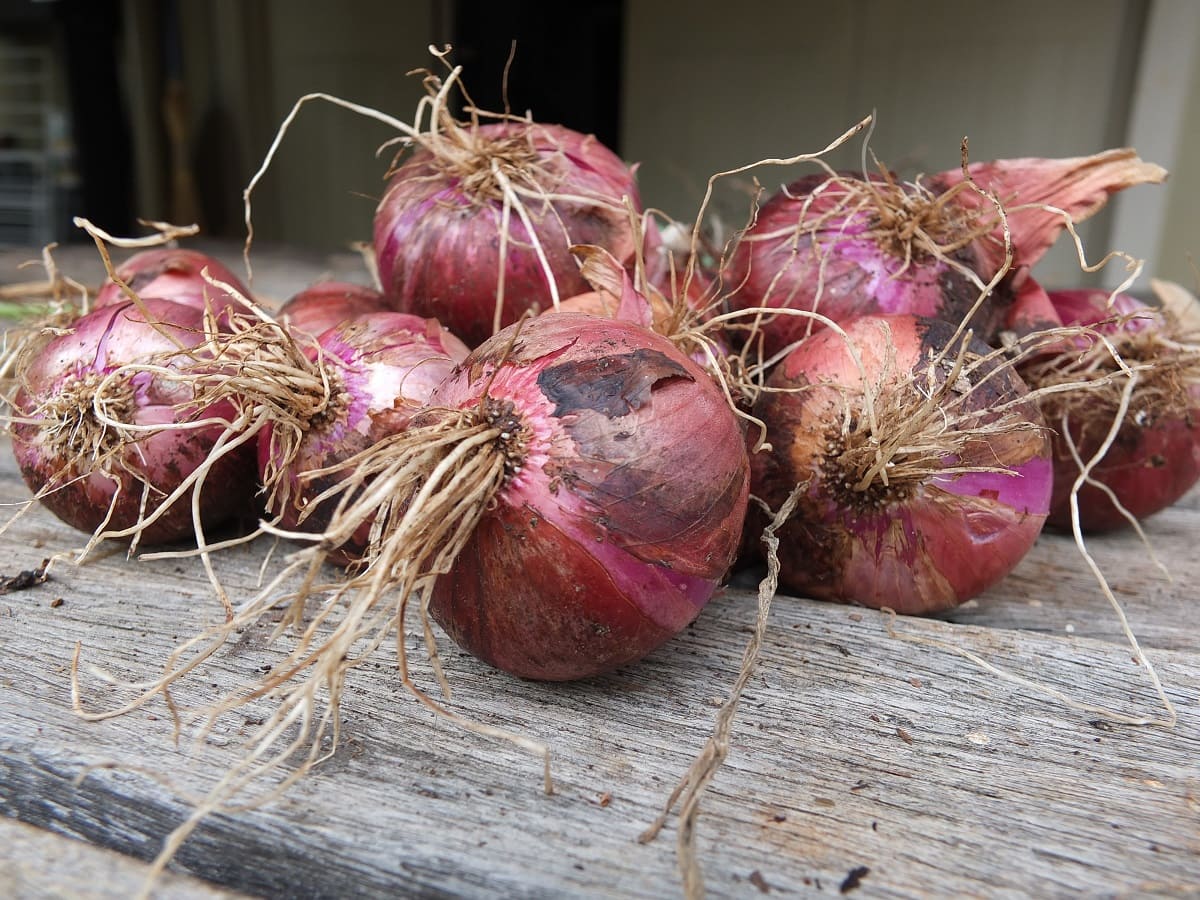
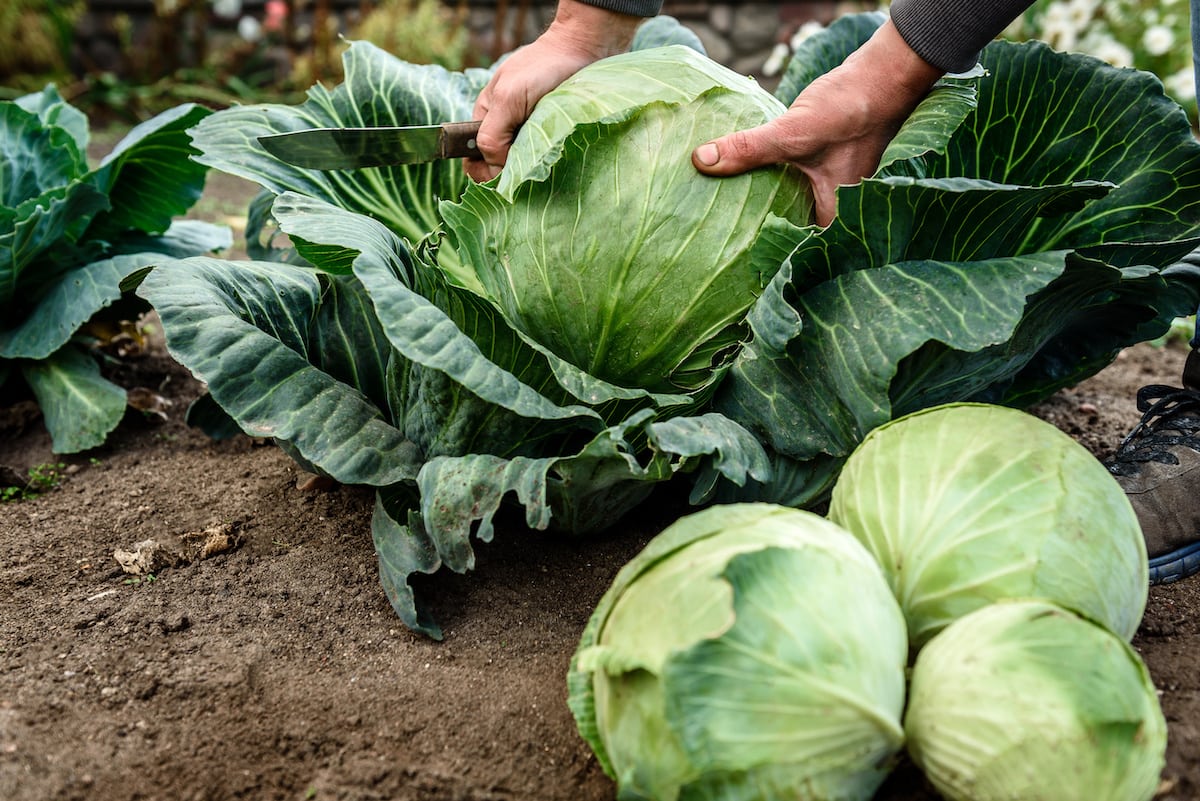
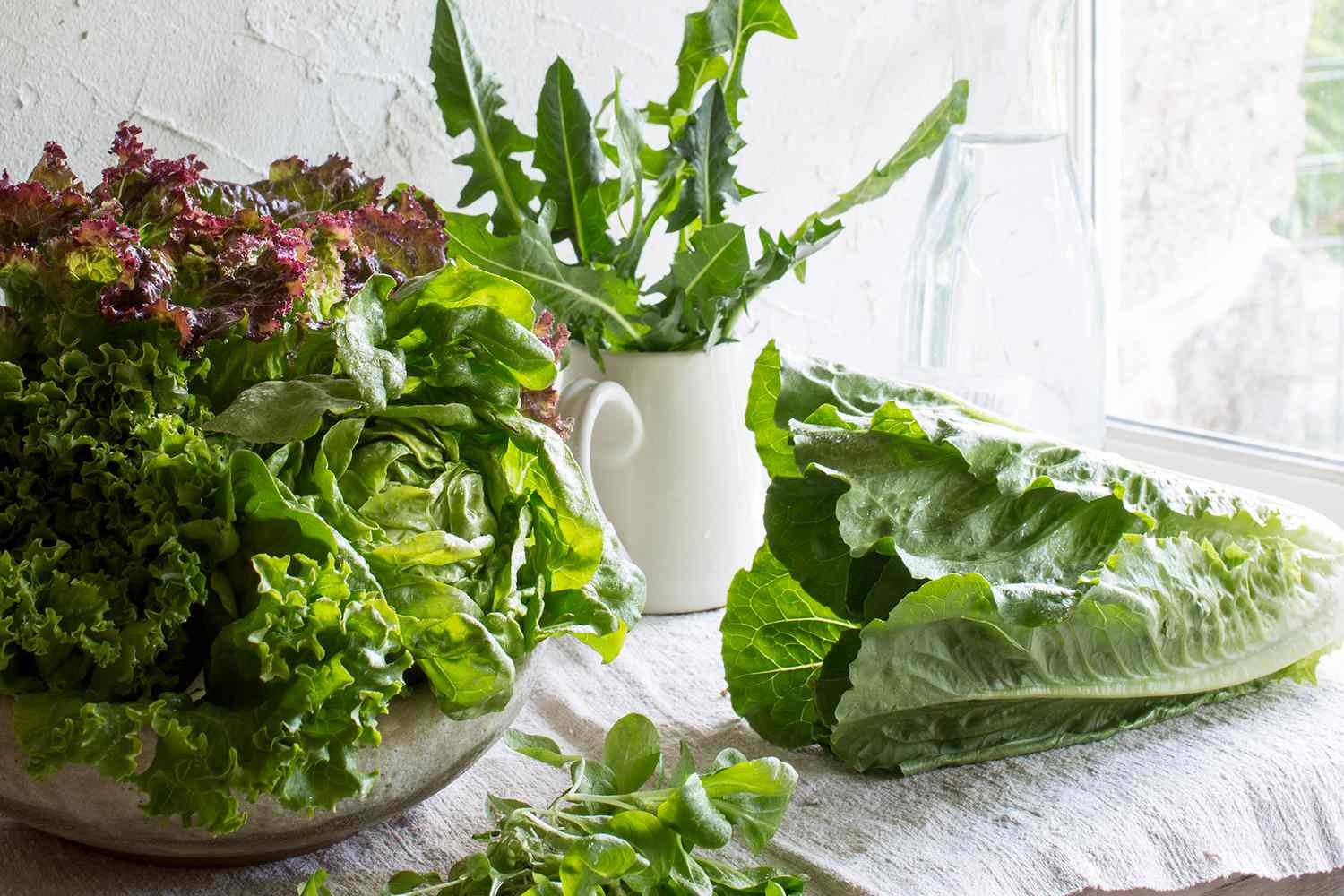

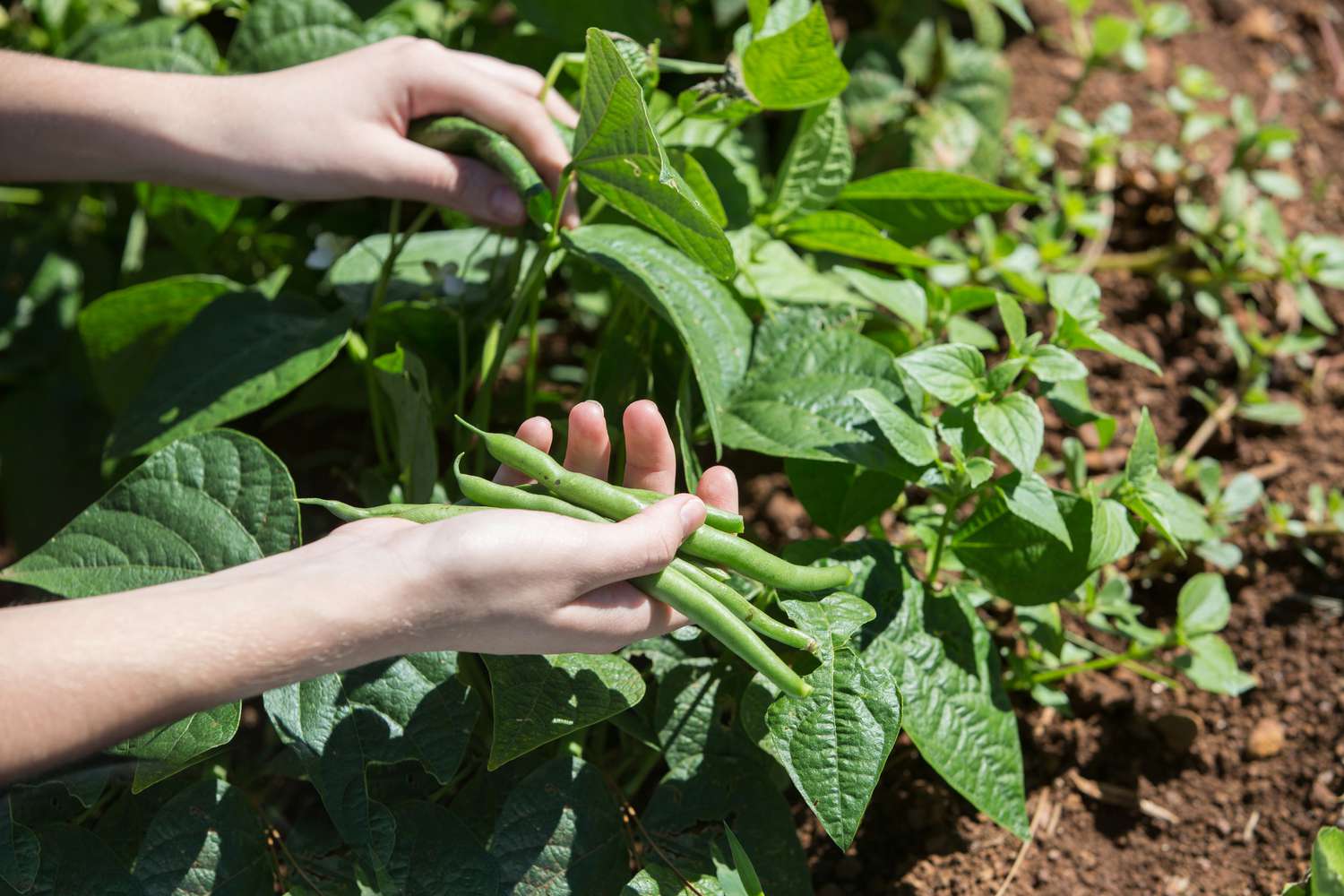
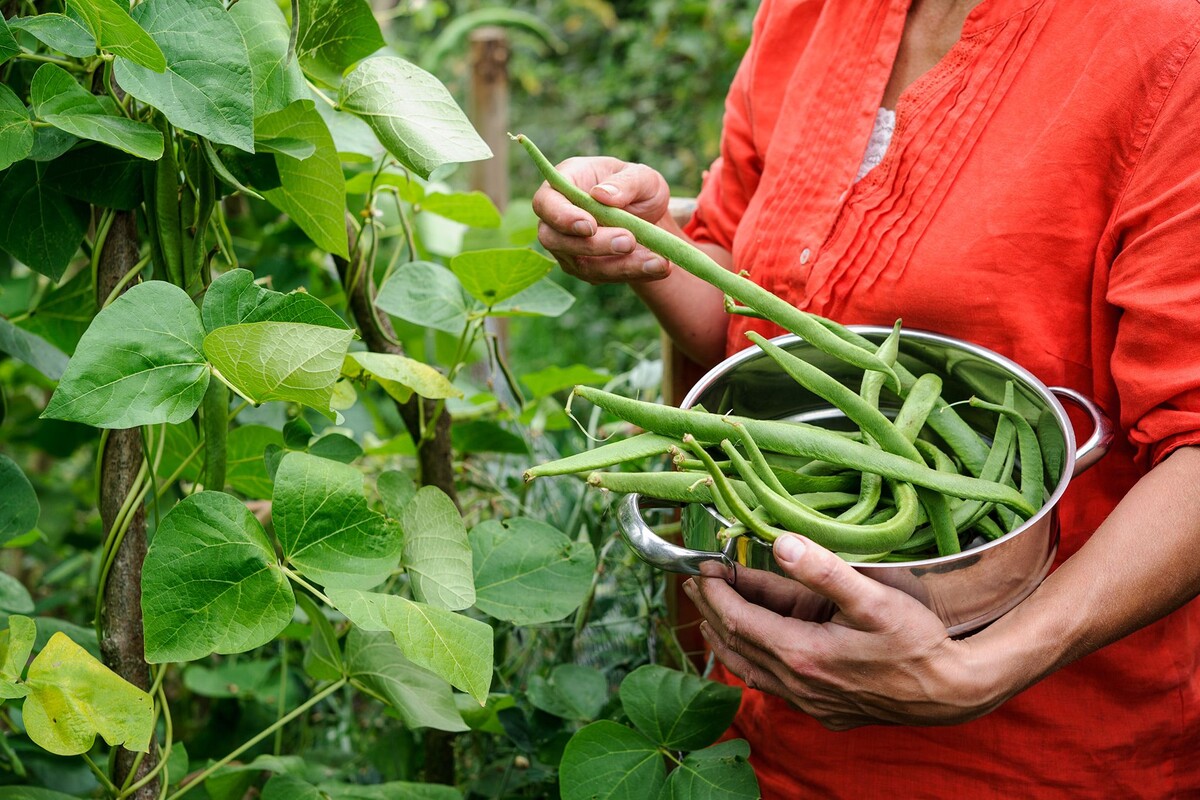

0 thoughts on “How To Store Fresh Green Beans From The Garden”